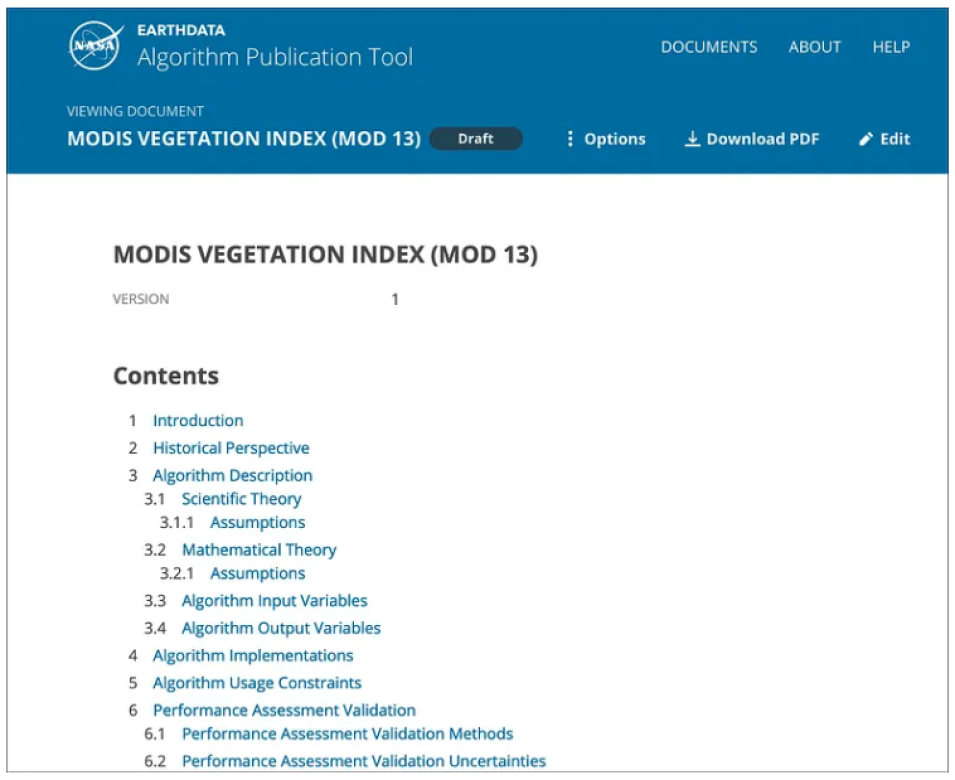We are now not all that far from AGU Fall 2020, and our team is hard at work preparing a number of presentations. We have been posting a series of presentation previews (the first two are here and here). Below are three more presentations we will be sharing with you during the conference.
Improved Data Communication, Understanding and Discovery Using Algorithm Theoretical Basis Documents Session IN047 — Recent Advancements in Earth Science Data Discovery and Metadata Stewardship Practices
Scientists and data repositories depend on the effective communication of the scientific and physical theories used to derive Earth observation datasets from raw instrument data. An understanding of these theories is important to understanding and properly using the data. The NASA Earth science data community communicates this information through Algorithm Theoretical Basis Documents (ATBDs). However, ATBDs lack a formal, standardized structure, which often results in ATBDs containing inadequate information to understand the algorithm. The non-standard structures also impede the ability to efficiently parse the document’s content for the desired information. Additionally, science teams typically provide ATBDs in human, but not machine readable formats, which makes it difficult for modern information processing technologies to process the data.


